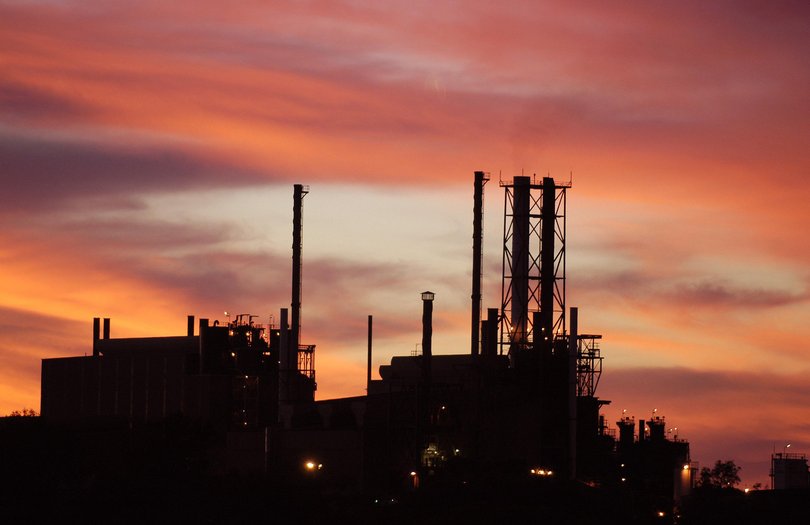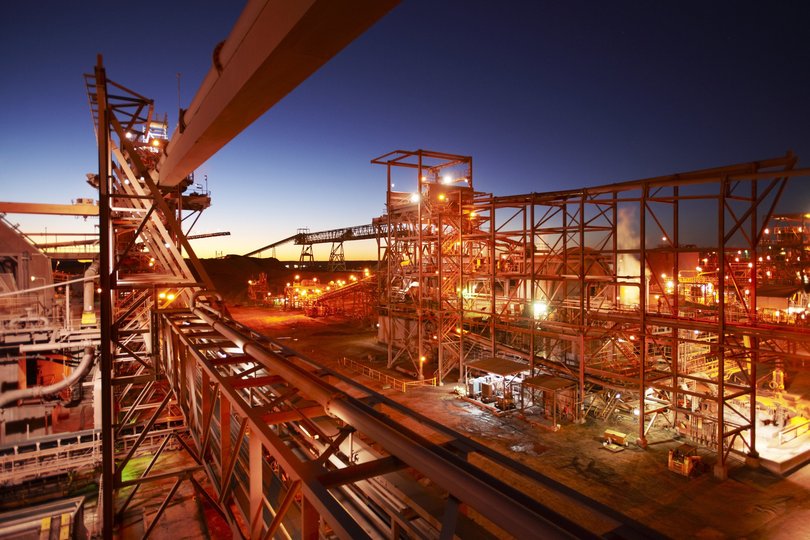BEN HARVEY: Trump’s copper tariff doesn’t add up, but somehow Australia’s still exposed

The past week wasn’t the first time I have been confused by Donald Trump’s economic policies and probably won’t be the last, but the tariff on copper imports was, for me, a particular head-scratcher.
A 50 per cent impost on copper is odd because the US doesn’t import that much of it, at least in its raw state.
America buys a lot of refined and processed copper (actual “stuff”) but very little material that’s straight out of the ground.
Sign up to The Nightly's newsletters.
Get the first look at the digital newspaper, curated daily stories and breaking headlines delivered to your inbox.
By continuing you agree to our Terms and Privacy Policy.Australia gets nervous any time Mr Trump targets minerals because mining is what keeps us fat, dumb and happy, so it was understandable that we were clutching our pearls when the White House opened yet another front in its trade war.
We need to take a pill on this one because Australia exports bugger all copper.
BHP mines it at South Australia’s Olympic Dam site, but most of the Big Australian’s output comes from Peru and Chile. Rio’s copper comes from the latter country and also from Mongolia.

We aren’t going to feel a lot of immediate pain from the copper war, so we can watch as passive observers. Unfortunately, even when you take the emotion out of the copper debate, Mr Trump’s rationale is still bloody confusing.
Some commentators reckon he wants to kick-start America’s own copper industry, specifically the Resolution mine in Arizona (which, in a case of three degrees of the international mining industry, is jointly owned by BHP and Rio).
Resolution is the biggest deposit in North America and is able to provide a quarter of the US’s annual copper needs, so Mr Trump is hunting big game with this one.
His logic appears to be that by making imports more expensive, locally produced material will come into vogue.
At face value, it looks like a good strategy — make BHP and Rio’s Chilean copper more expensive so it gives BHP and Rio’s American copper a competitive advantage — but that’s too simple an equation.
The problem is that price relativity isn’t the reason the Resolution copper deposit remains in the ground.
BHP and Rio have ploughed something like $US5 billion into the project and still haven’t extracted one single pound of the stuff because of green tape and an almighty native title fight.

Tariffs aren’t going to fix that administrative mess. If anything, they’ll mean Rio and BHP have less money to fix the problems, and Resolution will slide further away from first ore.
There’s very little upside for the Donald with this one and a lot of downside because by taxing the red metal (and that’s what a tariff is, a tax paid by importers), he will make everything that copper goes into more expensive.
And everything that copper goes into is, in 2025, pretty everything because the mineral is in every electronic component.
And there’s the rub for Australia; we won’t feel direct discomfort but could be about to experience some serious referred pain if and when China’s exports of electronics become more expensive.
We’re one of the few countries that run a trade deficit with America. The last time Australia exported anything of substance to the USA, it was Koala Blue merchandise Olivia Newton-John was flogging to Californians back in the 1980s.
But if the copper tariffs mean Americans stop buying as many life-essential products like glow-in-the-dark toilet seats from Temu, then Beijing won’t need to build as many factories.
Said factories are made from steel, and said steel is made from iron ore. You don’t need any more breadcrumbs than that.
Australia should be more nervous about the flow-on effect from the copper war than the 200 per cent tariffs on pharmaceutical products, Mr Trump flagged this week.
Australia sells about $2b worth of such products to the US each year. The trade accounts for less than 10 per cent of total exports to America.
Interrogate the data a little more, and you see that 90 per cent of those exports are blood products. Go deeper and find that the vast majority of those products are made by just one company — CSL.
CSL has operations all around the world but just one laboratory in Australia, in Broadmeadows in Victoria.
Most of its operational business is done in the US because that’s where all the plasma is, courtesy of Americans being able to donate blood for money.
If CSL’s non-American products are hit by the new tariff, it’s genuinely bad for Australia, but not because the company employs thousands of people like BHP or Rio.
It’s bad because CSL’s earnings will take a hit, and CSL is one of the biggest companies on the ASX and just about every superannuation fund in Australia holds the stock.
Australians should be concerned about Mr Trump’s economic tactics, but most of us are worried for the wrong reasons.

